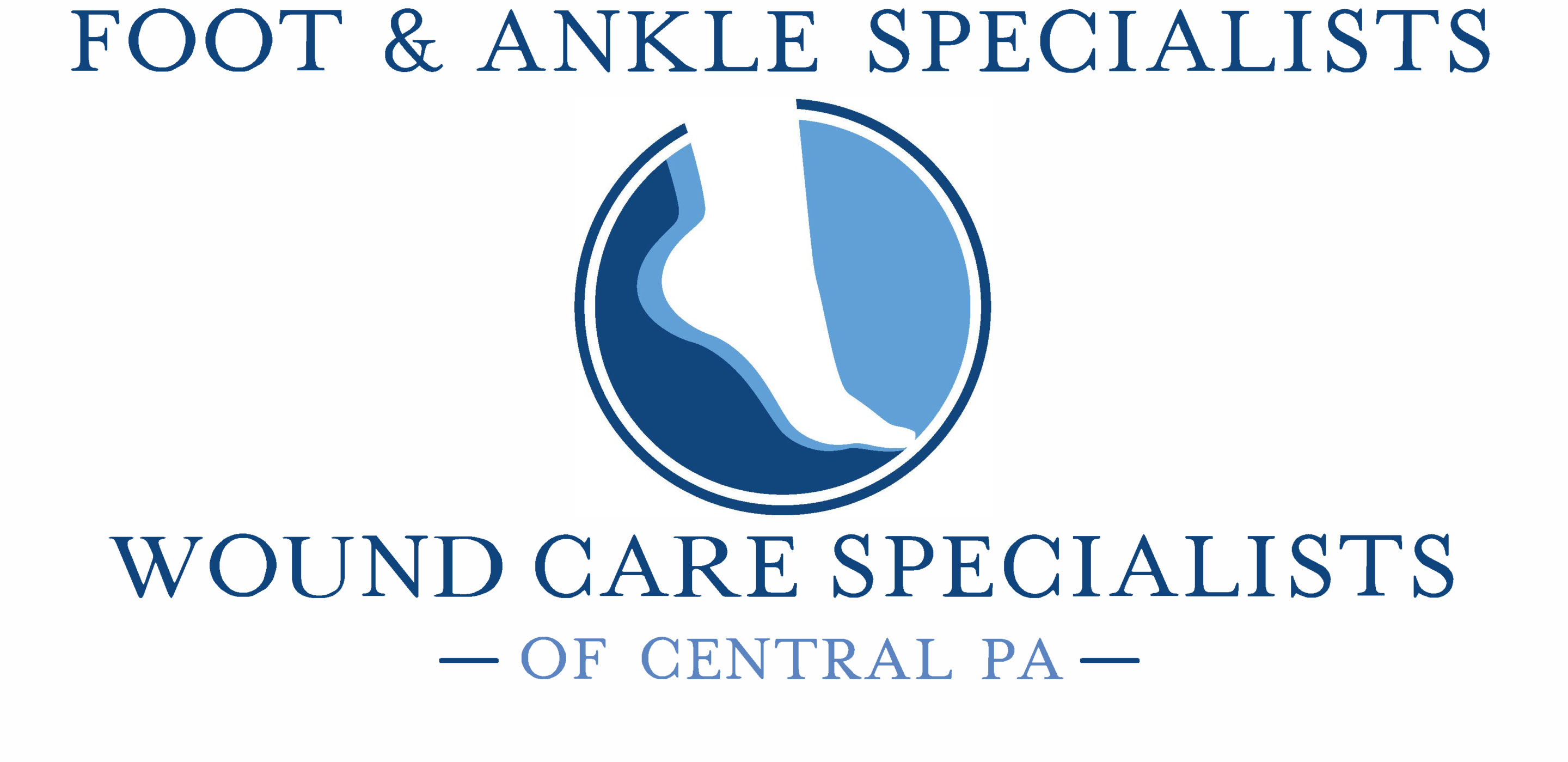Plantar Fasciitis
Are you grappling with persistent heel pain, especially during those first few steps in the morning or after prolonged periods of rest? It might be time to consider plantar fasciitis. Let’s delve into the intricacies of plantar fasciitis, providing insights into its symptoms, root causes, and a diverse array of treatment options. Understanding this prevalent foot condition is pivotal for effective management and prevention.
What is Plantar Fasciitis?
Plantar fasciitis is a condition characterized by the inflammation of the tissue connecting the heel to the toes. This inflammation results in persistent heel pain, making activities like walking and standing uncomfortable. Identifying the symptoms early on is crucial for seeking timely and effective treatment.
Symptoms
- Persistent Heel Pain: Particularly noticeable during the initial steps in the morning or after extended periods of rest.
- Stabbing Sensation: Often described as a stabbing sensation in the heel.
- Tenderness: The heel may be sensitive to touch.
- Foot Discomfort: Pain may intensify after extended periods of standing or walking.
What Causes Plantar Fasciitis?
To effectively manage and prevent plantar fasciitis, understanding the contributing factors is essential.
- Biomechanical Factors: Irregularities in foot mechanics, such as flat feet or high arches, can strain the plantar fascia.
- Footwear Choices: Wearing unsupportive shoes or those lacking proper arch support can contribute to the development of plantar fasciitis.
- Lifestyle Factors: Prolonged standing or walking, especially on hard surfaces, can increase the risk.
- Age and Weight: Plantar fasciitis is more prevalent in middle-aged individuals and those who are overweight.
Treatment Options for Plantar Fasciitis
RICE (Rest, Ice, Compression, Elevation)
One of the initial steps in managing plantar fasciitis involves the RICE method:
- Rest: Allow the foot to rest and avoid activities that exacerbate the pain.
- Ice: Apply ice to the affected area to reduce inflammation.
- Compression: Use compression bandages to provide support.
- Elevation: Elevate the foot to minimize swelling.
MLS Laser Therapy
MLS laser therapy is an advanced treatment option that employs dual wavelengths of light to stimulate cellular activity, reduce inflammation, and promote healing.
EPAT Shockwave Therapy
Extracorporeal Pulse Activation Technology (EPAT) shockwave therapy delivers acoustic waves to the affected area, enhancing blood circulation, promoting tissue repair, and alleviating pain.
Custom Orthotics
Custom-made orthotics offer personalized support and cushioning, addressing specific foot mechanics and reducing strain on the plantar fascia.
Splints
Night splints help maintain the foot in a dorsiflexed position overnight, preventing the plantar fascia from tightening and reducing morning pain.
Physical Therapy
A targeted physical therapy program focuses on strengthening the foot muscles, improving flexibility, and correcting biomechanical issues contributing to plantar fasciitis.
Surgery for Extreme Cases
In instances where conservative measures prove ineffective, surgical intervention may be considered. Minimally invasive techniques, including endoscopic surgery, offer a swift recovery with minimal disruption.
Ways to Prevent Plantar Fasciitis
Preventing plantar fasciitis involves adopting lifestyle changes and incorporating proactive measures:
- Proper Footwear: Choose shoes with adequate arch support and cushioning.
- Regular Exercise: Incorporate stretching and strengthening exercises for the feet.
- Weight Management: Maintain a healthy weight to reduce strain on the feet.
Fix Your Plantar Fasciitis
If persistent heel pain is impacting your daily life, seeking professional help promptly is crucial. Contact Foot & Ankle Specialists of Central PA today for a personalized assessment and effective treatment plans.
Our experienced team is dedicated to providing comprehensive care, ensuring you can lead a pain-free and active life. Take the first step towards healing by calling us at 717-620-8225.
Take control of your foot health and embark on a journey toward a pain-free, active lifestyle.


